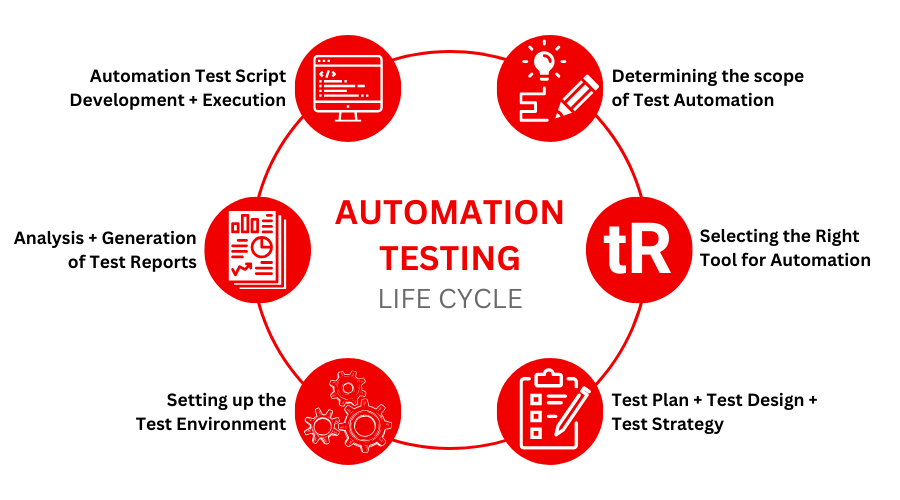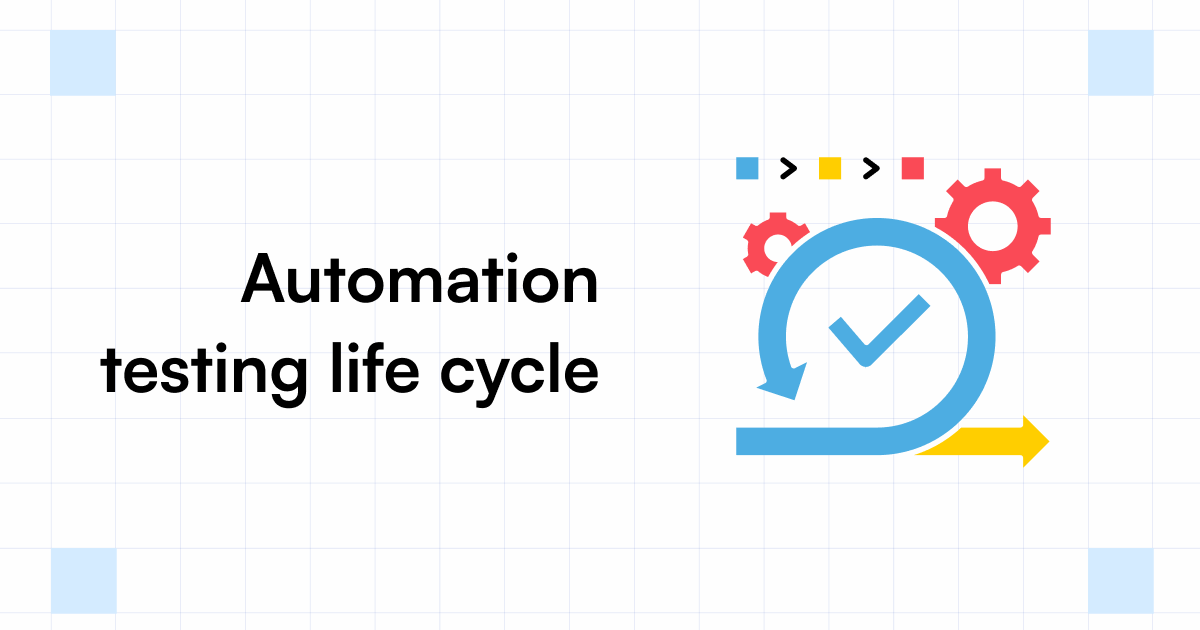Automation Testing: Secret Tips to Improve Growth Lifecycles
Automation Testing: Secret Tips to Improve Growth Lifecycles
Blog Article
From Manual to Automated Testing: A Comprehensive Guide to Transitioning Efficiently and Properly
In the realm of software screening, the change from manual to automated processes has actually come to be a significantly essential change for companies seeking to enhance efficiency and precision in their screening methods. As innovation continues to advance, the demand for efficient and seamless computerized screening techniques has never been more important. The trip from manual to automated screening is not without its obstacles, however when approached purposefully and with a clear strategy in mind, the benefits can be substantial - automation testing. In this detailed guide, we will certainly explore essential steps and considerations vital for an effective change, from the initial selection of tools to the assimilation of automation into existing operations. Keep tuned to reveal the insights that will certainly assist pave the means for a smoother and much more effective testing process.
Advantages of Automated Testing
Automated screening offers various benefits, improving performance and accuracy in software application growth processes. One main benefit is the considerable decrease in screening time. Automated tests can be run simultaneously on numerous devices and operating systems, significantly quickening the screening phase compared to hand-operated screening. This enhanced efficiency permits faster comments on the top quality of the software, enabling designers to recognize and address issues immediately.
Additionally, automated screening ensures a greater degree of accuracy in discovering problems. Considering that automated examinations comply with predefined manuscripts, human mistake is reduced, leading to even more trustworthy examination outcomes. Uniformity in screening is additionally enhanced, as automated tests carry out the exact same steps exactly each time they are run. This uniformity is crucial in ensuring that all capabilities of the software program are completely tested, decreasing the likelihood of unnoticed insects sliding with to manufacturing.
Picking the Right Tools

To start with, evaluate your needs and goals. Understand the extent of your job, the innovations included, and the ability of your team. This analysis will certainly help you determine the capacities and attributes you call for in your screening tools.
Second of all, take into consideration the compatibility of the tools with your existing processes and systems. Seamless integration with your current software program advancement lifecycle is important to make sure a smooth shift to automation.
In addition, assess the scalability and adaptability of the devices. As your testing needs develop, the tools ought to have the ability to adjust and accommodate adjustments successfully.
Last but not least, aspect in the assistance and area around the devices. Robust assistance and an active individual community can give useful sources and support when implementing automated screening. By meticulously thinking about these facets, you can choose the right devices that straighten with your demands and established the stage for an effective change to automated testing.
Writing Efficient Examination Manuscripts

When crafting test scripts, it is necessary to consider the particular requirements of the software application being checked and make certain that the scripts attend to all crucial capabilities. Clear and descriptive naming conventions for test manuscripts and test situations can boost readability and maintainability. In addition, including error handling systems within the examination scripts can assist in recognizing and dealing with issues immediately.
Furthermore, organizing examination scripts into modular components can improve reusability and scalability, minimizing redundancy and boosting efficiency in examination script upkeep. Normal reviews and updates to examine manuscripts are important to maintain rate with progressing software application needs and performances. By complying with these principles, testers can produce durable and efficient test manuscripts that add dramatically to the success of automated screening processes.
Integrating Automation Into Workflows
By flawlessly incorporating automated testing tools like Selenium or Appium right into the software application development lifecycle, teams can achieve faster feedback on code Discover More Here adjustments, leading to quicker insect discovery and resolution. This assimilation permits for constant testing throughout the development process, guaranteeing that any type of issues are determined early on, resulting in higher software application quality. Appropriate assimilation of automation tools needs cooperation in between development, screening, and procedures teams to establish a unified operations that optimizes effectiveness and performance in delivering top notch software products.
Making Sure a Smooth Change
Successfully transitioning to automated testing entails meticulous planning and cautious implementation to minimize disruptions and make the most of performance in the software development process - automation testing. To guarantee a smooth shift, it is vital to begin by carrying out a thorough assessment of the current testing processes and identifying areas where automation can bring the most significant benefits. Engaging with all stakeholders early on while doing so, including designers, testers, and job managers, is important for gathering support and buy-in for the automation initiative
Communication is essential during this change stage. Clear interaction of the objectives, advantages, and assumptions of automated article screening aids to take care of any kind of resistance or problems that might develop. Furthermore, offering sufficient training and resources for employee to upskill in automation devices and strategies is crucial for making sure an effective shift.

Conclusion
In final thought, transitioning from handbook to automated testing uses many advantages, consisting of raised performance and reliability. By choosing the suitable tools, composing efficient test scripts, and integrating automation perfectly into workflows, organizations can ensure a successful and smooth change. It is vital to embrace automation as a valuable asset in software screening procedures to enhance general high quality and efficiency.
In the realm of software screening, the change from handbook to automated processes has come to be a significantly essential change for organizations seeking to enhance performance and precision in their testing practices. Automated examinations can be run all at once on several gadgets and operating systems, significantly speeding up the testing stage compared to manual screening. Uniformity in testing is likewise enhanced, as automated tests implement the exact same steps specifically each time next page they are run.To make sure the successful execution of chosen testing devices, the creation of reliable test manuscripts plays an essential function in validating the functionality and efficiency of automated processes - automation testing. By adhering to these principles, testers can develop efficient and durable test manuscripts that contribute dramatically to the success of automated testing procedures
Report this page